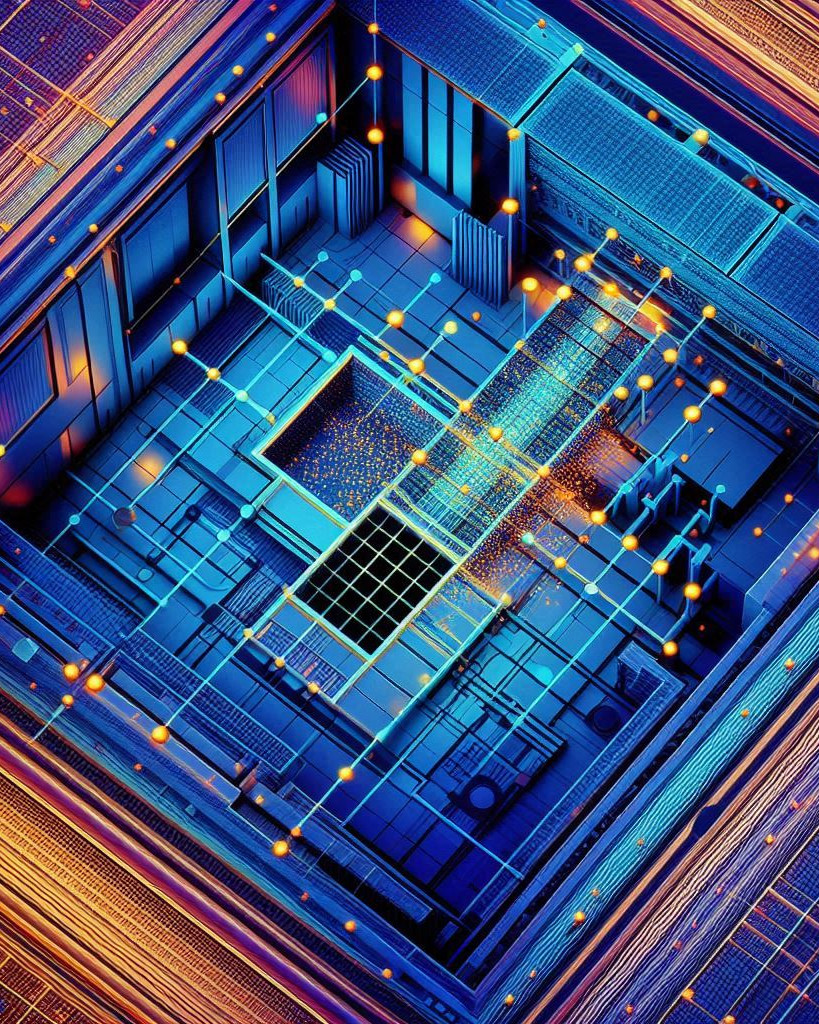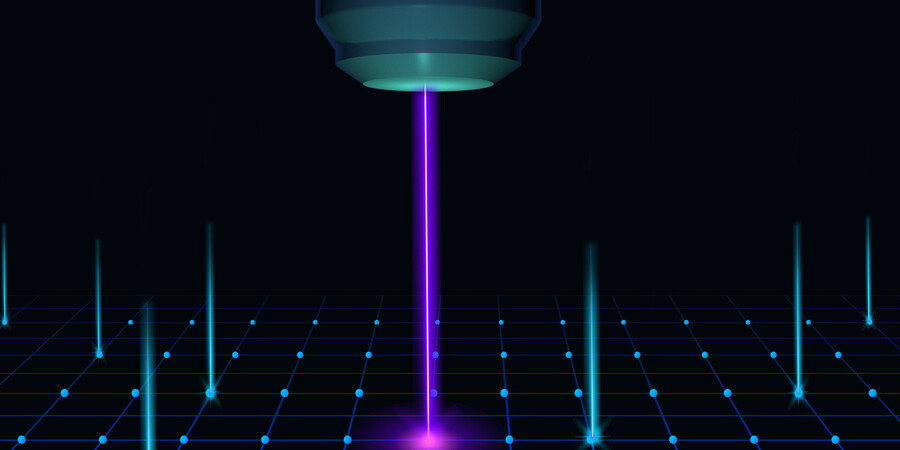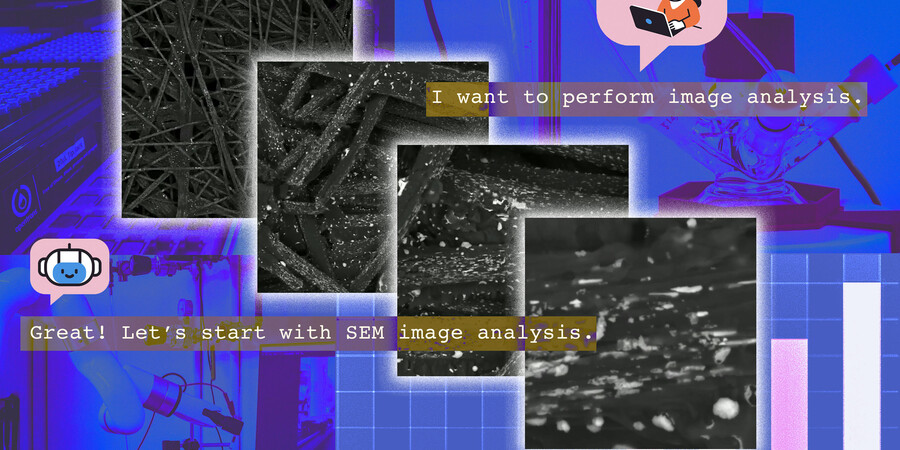EUV lithography is now used to manufacture the most advanced integrated circuits, including memory, logic and AI chips, but Moore’s Law demands constant improvements. The NXE system is our 0.33NA platform which continues to evolve with better throughput via greater EUV source power, smaller Edge Placement Errors (EPE) and higher uptime. One possibility for further EPE reduction is to increase image contrast through the use of advanced exposure methods such as Dual Monopole.

Speaker
Tim Brunner
Tim Brunner holds a B.A. from Carleton College and a Ph.D from MIT, all in physics. He has worked in the area of lithography for chip production since 1981. After many years at IBM, he joined ASML in 2019, working in the Technology Development Center.
Explore
MIT Physicists Observe Key Evidence of Unconventional Superconductivity in Magic-angle Graphene
The findings could open a route to new forms of higher-temperature superconductors.
Jennifer Chu | MIT News
A “seating chart” for Atoms Helps Locate Their Positions in Materials
Jennifer Chu | MIT News
The DIGIT imaging tool could enable the design of quantum devices and shed light on atomic-scale processes in cells and tissues.
AI System Learns from Many Types of Scientific Information and Runs Experiments to Discover New Materials
Zach Winn | MIT News
The new “CRESt” platform could help find solutions to real-world energy problems that have plagued the materials science and engineering community for decades.




